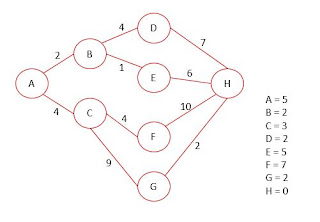The Priorities of a Games Developer
I feel there are three main priorities to look into when it comes to developers and what they want their finished product to achieve, these are how hard they can push the hardware, the happiness of the end user and finally, the overall achievement and review of the product.
Hardware: PC’s and laptops today can be updated with the highest spec, CPU, GPU, SSD, and RAM that developers don’t need to worry about system requirements, they can push hardware to the max but in the end hardware will always win because there is only so much you can put into a game. Are some developers more interested than trying to break a computers component by developing a meatier game? Yes of course, but I think there are more games developers more interested in making a game more playable for all by making the spec requirements more appropriate for the today's gaming public.
User experience: Gaming developers or make games for the consoles i.e. PlayStation can only develop games to the spec of the console, if the game requires too much processing power that it won’t run on a PlayStation then the game is no good, it won’t sell. Fortunately, the PlayStation 4 Pro has enough power and graphical interface to run a large amount of games with a high frame rate and incredible graphics, this for one pleases the end user of the console. Using PlayStation, the playing experience is over 80% because the hardware of the console and support all games developed for the console, this is an advantage as when not all games developed for PC are unable to be played on all computers.
Reviews: Obviously the reviews of a game is going to be important to a games developer, the users will be criticising all aspect of a game because as gamers, its what we do. Now do all games developers care about the reviews? I'm not sure but does an artist create a painting and not want to hear the critics? i doubt it. Reviews link in with sales, does a developer sooner sell more copies of the game or have better reviews.
"game programming can allow you to work on a product you love while honing your software development skills for nongame jobs or a more significant role that involves contributing to a game's content and design."(18)
I have not round many articles from programmers about what there priorities are when developing a game but Hoffman has made a very true statement, Developers makes games because its a passion, what they love doing. I can tell from reading his paper that developers are not really interested in sales figures or reviews, yes they want the game to do well but I feel to them, its more than that and its a feeling of making the drum and playing in the band.






